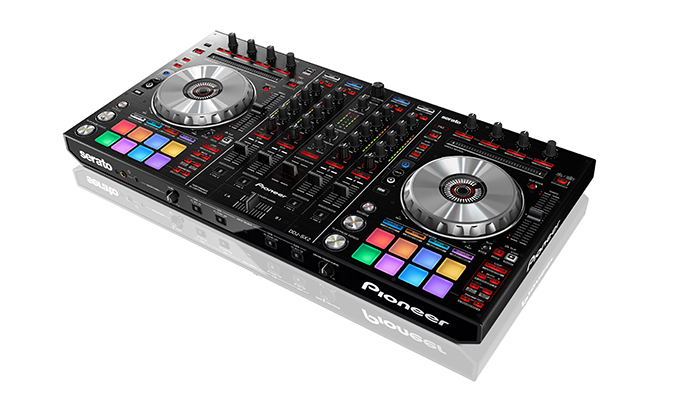


Sega has designed the Sega Saturn from the silicon up to transport consumers into an entirely new realm of interactive entertainment. This is exactly the philosophy behind the design of the Sega Saturn - which was introduced in Japan in November 1994 and is on a steep curve to sell more than 2 million units in its first year. There's endless talk about next-generation technology - state-of-the-art microprocessors, polygon counts, texture mapping, etc.- but most consumers aren't concerned about the technical marvels that lie "under the hood." Instead, their focus is on the experience of playing games on the system: Are the games fun? Close to the edge? Full of surprises? Realistic enough to make you forget that it's a creative illusion? To the person at the controls, the underlying technology is irrelevant unless it makes possible an exhilarating, one-of-a-kind gameplay experience. Once consumers compare the next-generation game systems, Sega Saturn will prove the hands-down choice. Each vendor promises game systems that are faster and more capable than today's 16-bit video game devices - with more dramatic special effects and greater realism and interactivity.īut where does the hype leave off and reality begin? What's it really going to take to dazzle consumers and make them eager for more? Sega will leave no room for debate by providing the ultimate gaming experience with Sega Saturn.

Almost a dozen manufacturers have hopped on the next-generation bandwagon and hope to capture the consumer's attention and a slice of his or her home-entertainment budget.

There's been no shortage of hype about the "next generation" in video game systems. Technology That Defines the Next Generation The following is believed to be an unaltered copy of its contents. On the 11th May, 1995 North American launch day of the Sega Saturn (or shortly afterwards), Sega produced a white paper explaining what the Sega Saturn was.


 0 kommentar(er)
0 kommentar(er)
